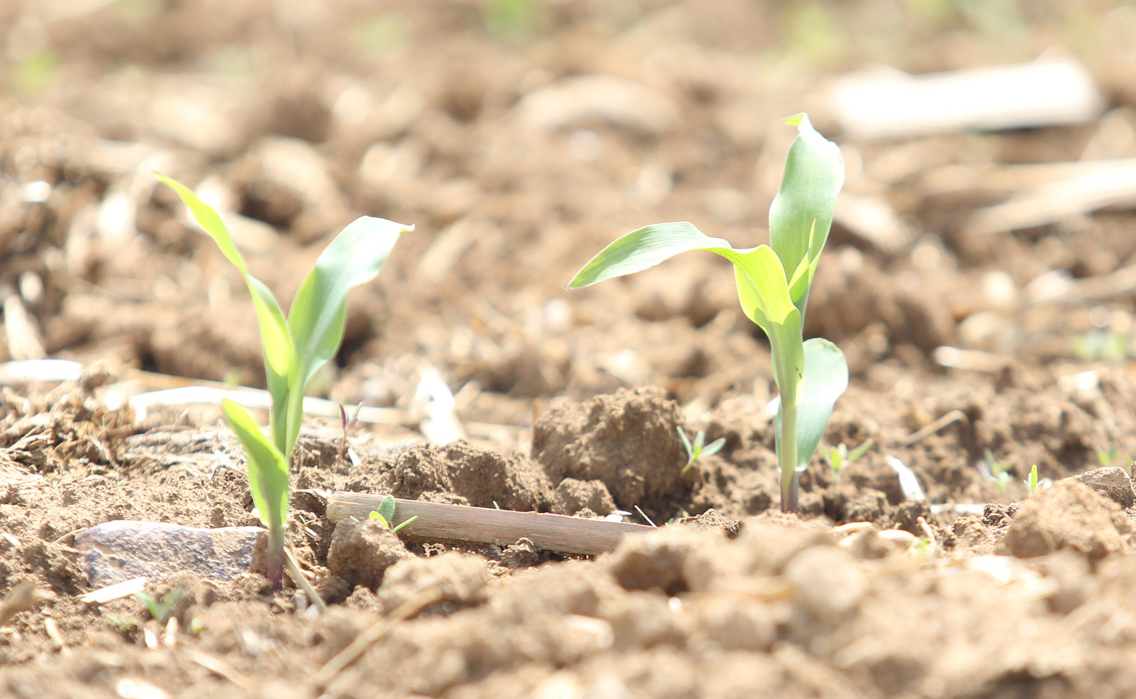3 Tips for Evaluating Field Trials

Have you tried a new product or implemented a new practice in your fields this year? As we wrap up this year’s season, remember to take this time to review your new practices and evaluate field trials. Time often gets away from us, but let’s embrace the calm before the storm. It’s best to walk away from a season knowing why a product or management tool did or didn’t perform to your standards.
Evaluating the effectiveness of field trials is the only way to reap their benefits. Here are three things to consider to ensure that you get the most out of your field trials:
Evaluating the effectiveness of field trials is the only way to reap their benefits. Here are three things to consider to ensure that you get the most out of your field trials:
- Scout the field before harvest. The goal of scouting before harvest is to give you a preview of the results you’ll see at harvest. Getting out in the field and pulling ears, digging up roots and comparing plants will give you a look at your trial’s performance. For example, if you split your nitrogen application this year, what differences are you noticing? If you’re not seeing changes, sometimes there is a limiting factor in the field that may prevent performance. Ultimately, bringing these questions to your agronomist to glean insights will help next year’s plan.
- Collect and compare. Overlaying yield data and an as-applied map will show you where your field trial resulted in yield increases and where it didn’t. This comparison may not tell the whole story, so you should also look at additional sources such as planting maps, soil maps and in-season imagery. Supplemental data points, and the insights that come with it, can combine to give you a holistic view of the field trial.
- Data tells, story sells. Telling others that a product had a 5-bushel increase isn’t believable when you don’t show the proof. Field trials tell the story of why a product or new management practice was effective and, ultimately, profitable. Merit the agronomics with the data. The story is best told when explaining the key points of a comparison. Use the data to back up your insights and end your story by showing the ROI. With low commodity prices, every decision is critical.


